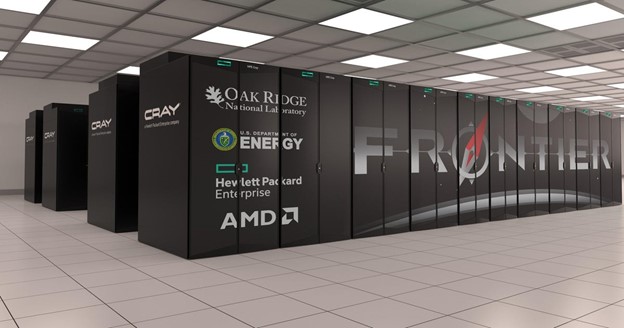
SC (formerly Supercomputing), the International Conference for High Performance Computing, Networking, Storage and Analysis, is the annual conference established in 1988 by the Association for Computing Machinery and the IEEE Computer Society. After a high attendance just before the Covid shutdown, the 2022 attendance rebounded to 11,830.
However, the ISC High Performance, formerly known as the International Supercomputing Conference, is a yearly conference on supercomputing that has been held in Europe since 1986. Since 1993, the conference has been the venue for one of the twice-yearly TOP500 announcements where the fastest 500 supercomputers in the world are named. In 2019, it attracted a record number of participants—164 exhibitors and 3,573 visitors from 64 countries. Approximately 3,000 attendees from academic, research, and business sectors attended the ISC High Performance 2024 conference held in Hamburg, Germany, from May 12 to 16.

The supercomputer conferences are the computing industry’s equivalent to Formula 1 races. Like the Formula 1s, few people get to touch the fantastically fast and expensive machines, and even fewer get to use them. Also, like the Formula 1 machines, the supercomputers excite the hell out of the tire kickers, pundits, experts (real and self-appointed), and users with big problems.
And similar to Formula 1 machines, only rich nations, sovereign wealth funds, or billion-dollar companies can afford them.
Another similarity is the paint jobs. Formula 1 cars are littered with logos from various sponsors. Lately, supercomputers have become a canvas for logos, too, of the sponsors, the facility or organization, the builders, and occasionally the locality.


It will always be a race between the Formula 1 cars of the year and the supercomputers. Aurora, the supercomputer at Argonne National Laboratory, has broken the exascale barrier but is still second behind Oak Ridge’s Frontier system. With a processing power of over a quintillion calculations per second, Aurora is the second exascale machine to make it to the Top500 list of publicly known supercomputers.
And although fuel consumption is never discussed with regard to a Formula 1 machine, it is with computers. Despite using a more modern architecture, Aurora consumes a significant amount of power, 38.6 MW, to achieve the exascale barrier, whereas Frontier achieved 1.2 exaFLOPS using just 22.7 MW.
Crazy fast and expensive machines—we love ’em.